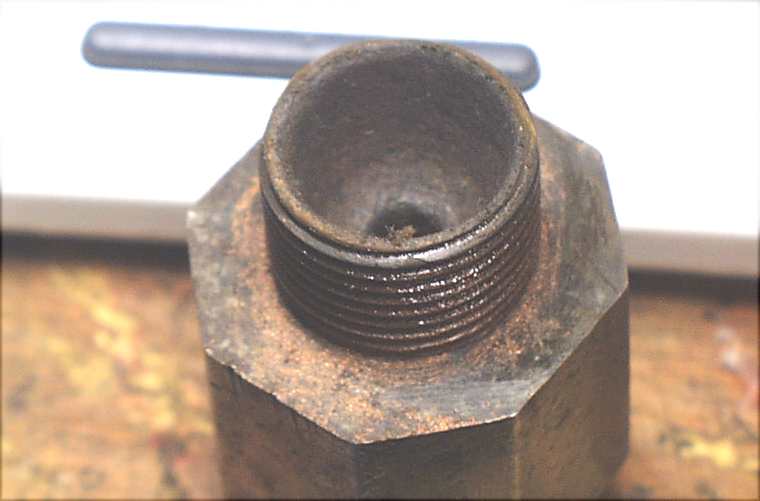Kaw Trooper
32 Cal.
- Joined
- Jan 9, 2005
- Messages
- 33
- Reaction score
- 0
Would some one please leave me a diagram or drawing of the inside of a patent breech? I want to understand what I'm trying to clean out after shooting.
Thank you for the help.
Thank you for the help.










